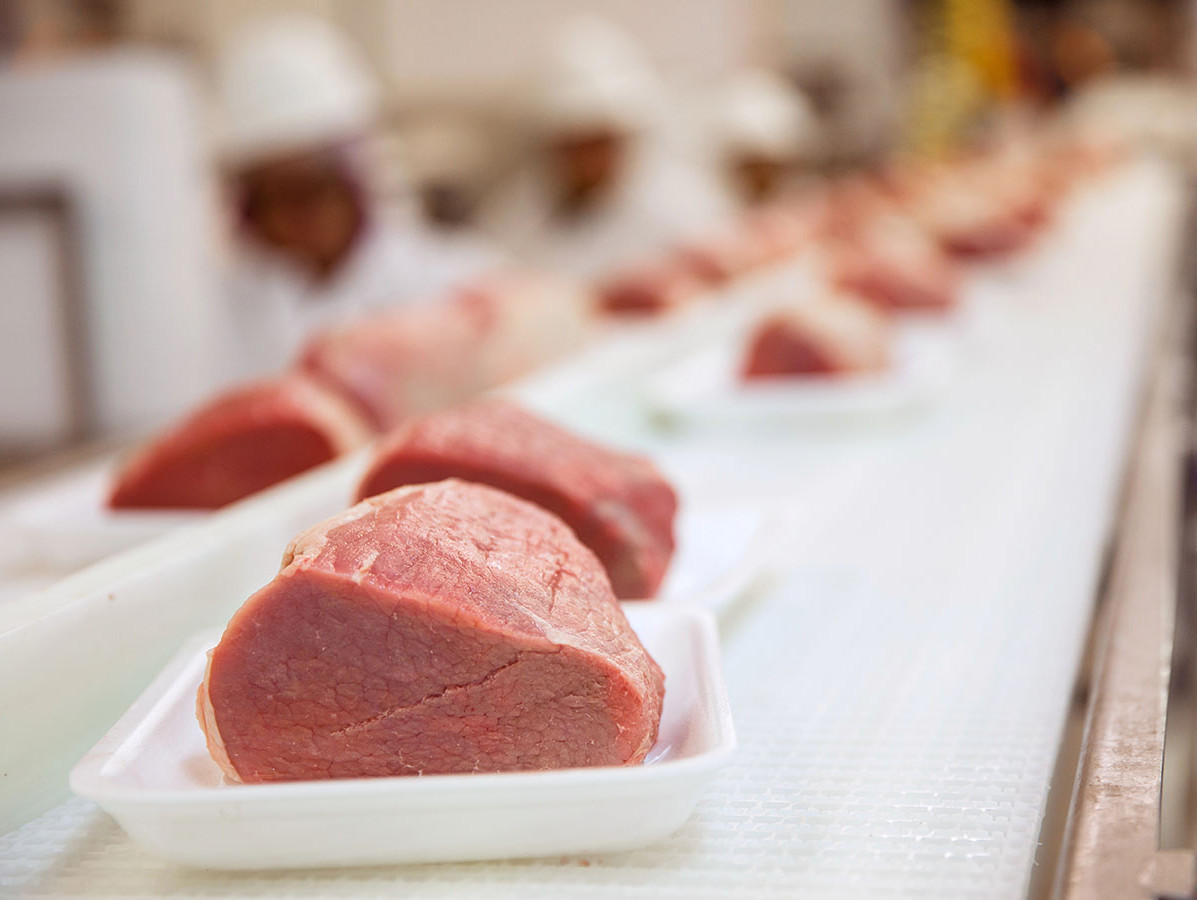
Climate change has far-reaching consequences for the Dutch food sector. Extreme weather and water scarcity increase the risk of crop failures, leading to higher prices for consumers. This impact is particularly felt in vegetables and fruits, which make up 30% of food expenditures. "The food industry is the largest buyer of agricultural products. Production issues for Dutch farmers also affect many food manufacturers in the form of higher prices and lower quality raw materials, which may force them to adjust their procurement strategies," says Ceel Elemans, ING Sector Banker Food.
Extreme weather conditions hinder production for farmers and food producers. The hot summer of 2018 and the recent heavy rainfall in 2023 illustrate how weather affects production. Farmers face lower and unpredictable crop yields, water restrictions, and increased disease pressure. For food producers, this means uncertainty about raw materials, higher prices, and sometimes lower quality. Farmers adapt by growing new varieties or investing in drip irrigation. Food producers may need to reduce production volumes or seek alternative suppliers.
Despite the challenges, yields per hectare in the EU have increased thanks to technological innovations and genetic advances. Farmers adapt to climate variability, but yield fluctuations are becoming more pronounced. This poses risks for the future, especially as investments in climate adaptation lag behind.
Consumers notice the effects of climate change through rising prices. Recent price hikes for potatoes, cocoa, and olive oil are clear examples. Unprocessed products such as vegetables and fruit, plant-based products like flour and sugar, and tropical products such as coffee are the most climate-sensitive. Research suggests that high temperatures drive up food prices, particularly during hot summers like those in 2022 and 2023. In 2022, the hot summer contributed an estimated 0.7 percentage points to food inflation in Europe, equating to about 30 euros per year for an average Dutch household.
Food producers focus on securing raw materials and water by encouraging adaptations among farmers and spreading their sourcing areas. This helps mitigate the risks of climate change. Dutch producers benefit from the country's strong connections to international trade routes. Companies in the sector are taking various steps to address climate challenges, especially those processing potatoes, vegetables, and fruit.
Source: ING